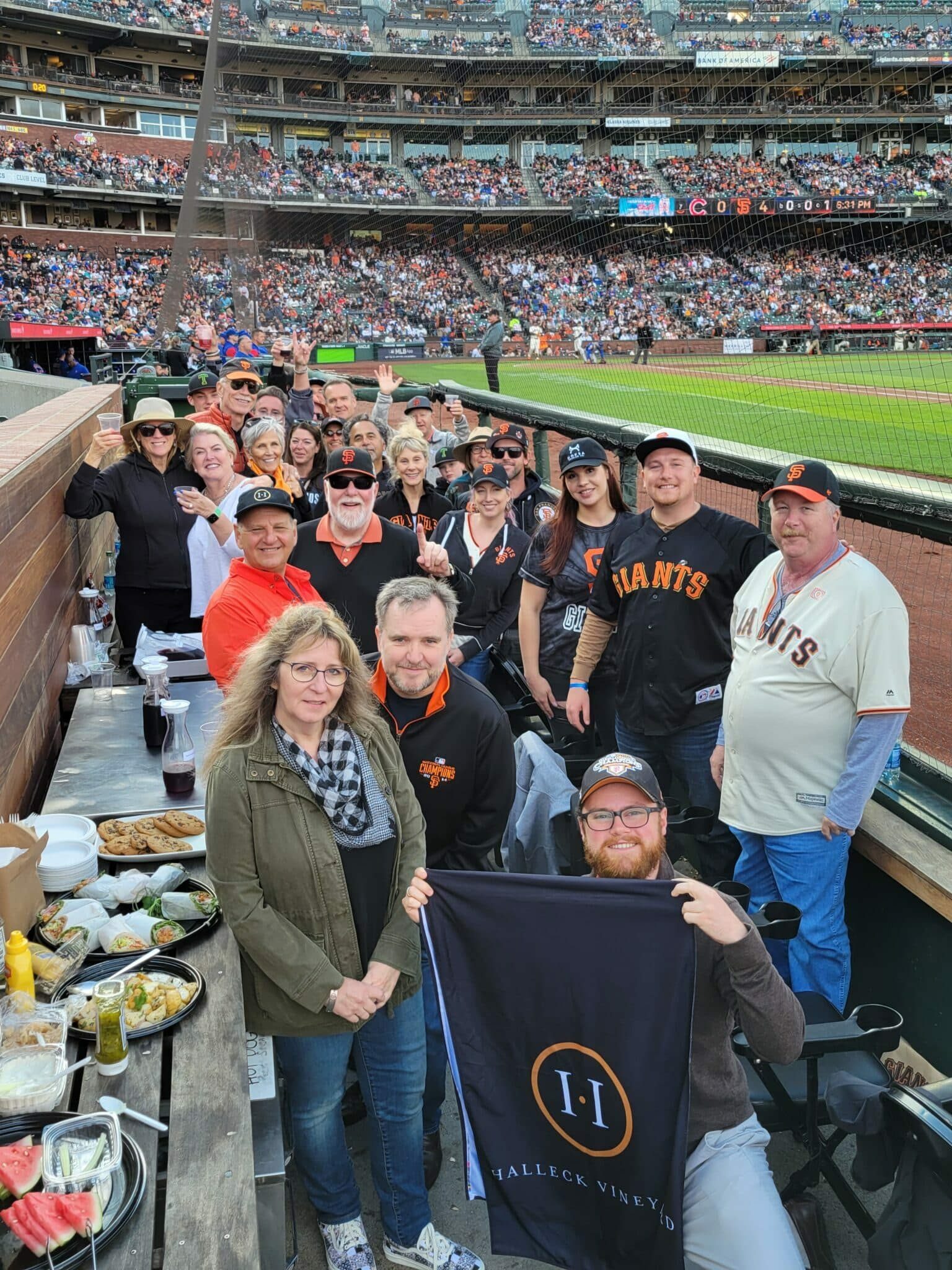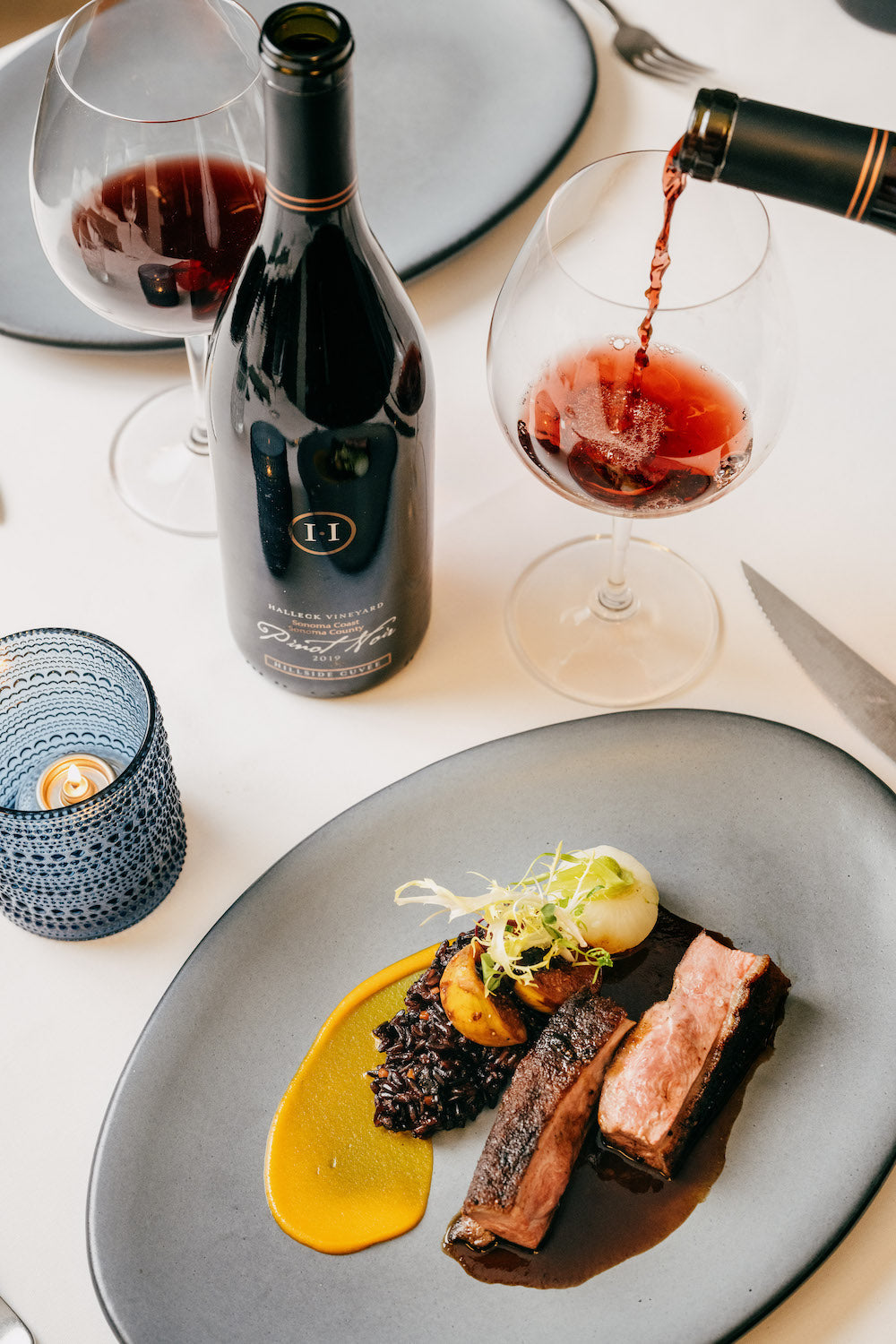Upcoming Wine Festivals In Sonoma County - Wine Tasting Experiences In Sonoma Valley
Upcoming Wine Festivals In Sonoma County - Wine Tasting Experiences In Sonoma Valley
Blog Article
Elegant Wine Tasting Locations In Sonoma - Wineries To Explore In Sonoma Valley
Wine tasting is an art that mixes sensory experience with an appreciation for the nuances of various varietals. How to evaluate flavors in winery wine tasting sessions is pivotal to grasping the complexities of wine.
Partaking in a wine tasting entails more than merely sipping and savoring. It requires a targeted method to identify aromas and flavors that each wine presents. As you start, observe the wine's look, noting its colour and clarity. These visual cues usually suggest a wine’s age, grape variety, and even potential flavor profiles.
The next step within the tasting process is to swirl the wine in your glass. This action releases fragrant compounds which may be important for evaluation. Lean in and take a second to inhale deeply; the aromas can range from floral and fruity to spicy and earthy. The nostril of the wine is just as important because the palate, and recognizing scents performs a major position in understanding the overall experience.
When taking your first sip, enable the wine to move throughout your palate - Interactive Wine Tasting Experiences In Sonoma. Notice the initial flavors that current themselves. Is the wine fruity, floral, or perhaps herbaceous? This preliminary style provides insight into what the wine is prone to specific as you continue to evaluate it. The mouthfeel also contributes to the general flavor experience; it may be silky, tannic, or even effervescent.
Wineries Known For Sustainable Practices In Sonoma - Best Vineyard Visits In Sonoma
As you continue tasting, take note of the wine’s stability. A well-balanced wine will harmonize acidity, sweetness, and tannins. If one element overwhelms the others, it'd point out a less fascinating high quality. Evaluating balance may help you identify how nicely the wine would possibly pair with food.
Transitioning to the end, think about how the flavors evolve as the wine lingers in your palate. A long, nice end can indicate a high-quality wine, while a short or abrupt end might counsel otherwise. Replicate on whether or not the flavors stay constant or if new notes emerge because the wine settles. This development can reveal complexities and intricacies that may not have been obvious in the initial tasting.
Temperature is also a crucial factor in evaluating wine flavors. Different kinds of wine are optimally enjoyed at particular temperatures. White wines usually shine when chilled, whereas red wines generally carry out finest at room temperature. When tasting, ensure the wine is on the acceptable temperature to totally respect its character.
Wineries Offering Virtual Wine Tastings - Wine Tasting And Vineyards In Sonoma
Pairing food with wine can tremendously improve the tasting experience. Meals can affect the perception of flavors in wine, either highlighting sure traits or diminishing them. When evaluating flavors, contemplate how the wine interacts with different meals, noticing which flavors are amplified or muted (Exclusive Wine Clubs In Sonoma).
Think About the affect of terroir as you have interaction in a winery tasting. Terroir encompasses the unique environmental components that have an result on grape growing, together with soil composition, local weather, and geography. Understanding a wine's terroir can provide insight into its flavors and aromas, fostering a deeper appreciation for the alternatives made throughout its cultivation and production.
Education plays a elementary function in enhancing one's capability to gauge wine flavors. Studying about grape varieties, wine areas, and manufacturing methods can pave the way in which for more knowledgeable judgments throughout tastings. Additionally, attending workshops or classes can refine sensory skills and expand your flavor vocabulary, enabling you to articulate tasting notes extra effectively.

Lastly, it's essential to do not neglect that evaluating wine flavors is a highly personal experience. Individual preferences and perceptions will invariably shape one’s tasting journey. Enjoyment must be at the forefront, with the evaluation course of performing as a device to enhance understanding and appreciation somewhat than create inflexible tips.
Wineries Ideal For Romantic Getaways - Discover Sebastopol's Wine Scene
In conclusion, mastering tips on how to consider flavors in winery wine tasting periods entails a mixture of sensory engagement, knowledge, and practice. By learning to identify aromas, assess the steadiness, and respect the intricacies of flavor, wine enthusiasts can deepen their connection to every bottle they encounter. As with any art form, the more one immerses themselves within the experience, the more they may uncover and enjoy the vast world of wine.
- Begin by observing the wine's colour and clarity, as these visible parts can hint at its flavor profile and aging potential.
- Swirl the wine gently in your glass; this releases fragrant compounds, permitting you to raised determine the complicated scents related to the wine.
- Take a deep inhale earlier than tasting, specializing in both major and secondary aromas to assemble insights on fruits, spices, and other nuances.
- When tasting, allow the wine to coat your palate; note the initial flavors, the mid-palate complexity, and the finish as these stages can provide totally different flavor highlights.
- Pay attention to texture and mouthfeel, as features such as tannin ranges, acidity, and sweetness contribute significantly to the overall tasting experience.
- Evaluate flavors towards standard wine characteristics; for pink wines, consider berry notes, oak affect, and natural tones, while whites may embrace citrus, stone fruits, and floral hints.
- Take notes through the tasting session to trace your impressions, serving to you to remember and evaluate the totally different wines sampled.
- Discuss your findings with fellow tasters or winery workers, as sharing insights can improve understanding and appreciation of individual flavors.
- Enable time for the wine to breathe; generally, flavors evolve and reveal new dimensions after being exposed to air.
- Experiment with food pairings through the tasting as they will dramatically alter how flavors are perceived, influencing general enjoyment.undefinedWhat should I look for when evaluating the aroma of wine throughout a tasting?
Start by swirling the wine in your glass to launch its aromas. Bring the glass to your nostril and take a deep breath. Pay attention to the first scents you detect, as these you could try here are often essentially the most outstanding. Look for fruit, floral, herbal, or earthy notes and try to establish particular characteristics, which is ready to deepen your understanding of the wine's complexity.
Wineries That Welcome Walk Ins - Sebastopol Area Wineries Offering Wine

How can I distinguish between completely different flavor profiles in wine?
Understand that flavor profiles are sometimes categorized as fruit, floral, herbaceous, spicy, or mineral. Take small sips and allow the wine to coat your palate. Notice the first flavors that emerge first and the delicate notes that observe. This layering is crucial in distinguishing the wine's traits and will assist you to recognize its unique profile.
Interactive Wine Tasting Experiences In Sonoma - Sebastopol Wineries
What is the importance of the wine's texture in a tasting?

The texture of the wine, also referred to as mouthfeel, performs a crucial position in how we understand flavors. Pay attention as to if the wine feels smooth, creamy, or gritty. The physique of the wine (light, medium, or full) can improve or distinction with flavors, offering a extra rounded experience throughout tasting.
How do I assess the balance of flavors in wine?
Steadiness in wine refers to the harmony between acidity, sweetness, tannin, and alcohol. Take a second to assess whether or not these components complement or intervene with each other. A well-balanced wine could have none of its components overpowering the others, creating a nice tasting experience.
Wineries With Beautiful Architecture - Scenic Wineries Of Sebastopol
What function does temperature play in evaluating wine flavors?
Temperature can considerably impact the perception of flavors. Usually, purple wines are best served barely under room temperature, while white wines benefit from being chilled. As the temperature modifications, the aromas and flavors can shift, allowing you to understand different traits. It’s important to style wine at its optimal temperature for true evaluation.
Best Pinot Noir Wineries In Sebastopol - Sonoma's Hidden Winery Gems
How can I enhance my tasting skills over time?
Practice is essential to enhancing your tasting skills. Unique Wine And Food Pairings In Sonoma. Attend tastings, keep a journal of your experiences, and discover different sorts of wines to broaden your palate. Additionally, learning about wine manufacturing and grape varieties can present context that enhances your analysis course of, making you a more informed taster.
Is there a selected order during which I should taste the wines?
Wineries With Live Music Events Occasionally - Best Vineyard In Sonoma
Yes, it’s advisable to taste wines from light to full-bodied and dry to sweet. This progression prevents the stronger flavors from overshadowing the extra delicate ones, allowing you to totally recognize every wine's characteristics look at this web-site and nuances with out palate fatigue.
Twin+Hills+Middle+School,1685+Watertrough+Road,+Sebastopol
How can I evaluate the aftertaste of wine?
Best Pinot Noir Wineries In Sebastopol - Wine Tasting Experiences In Sebastopol
The aftertaste, or end, is a vital facet of the wine-tasting experience. After swallowing, pay consideration to how long the flavors linger on your palate and whether they change. A long, nice end is commonly an indicator of a high-quality wine, whereas a short or unpleasant finish may counsel in any other case.
Why is it necessary to notice the wine’s acidity during tasting?
Acidity contributes to the overall freshness and structure of the wine. Pay attention to the tingling sensation on your tongue; higher acidity can improve the wine's liveliness and steadiness out sweetness. Noting acidity helps decide the wine's versatility with food and its growing older potential.
What should I do if I struggle to identify particular flavors in wine?
Wineries With Unique Wine Blends - Tasting Fine Wines In Sonoma County
Struggling to determine flavors is widespread, especially for newbies. Focus on broader categories and describe what you probably can recognize, such as sweet or earthy notes. With practice, reading about different flavor profiles, and perhaps utilizing flavor wheels, you may refine your senses and develop a extra nuanced method to tasting. Report this page